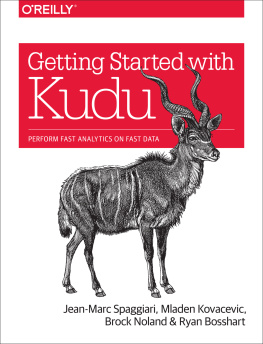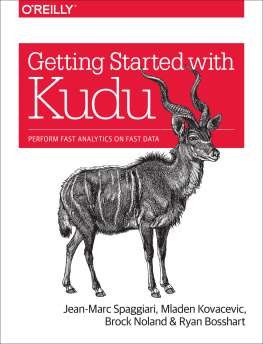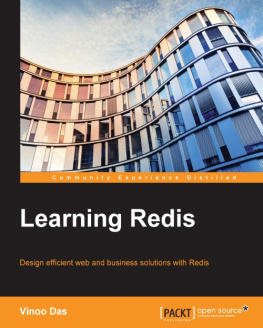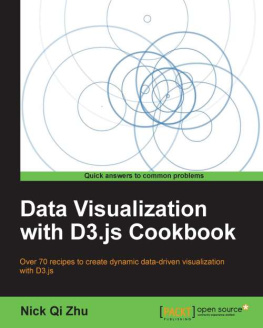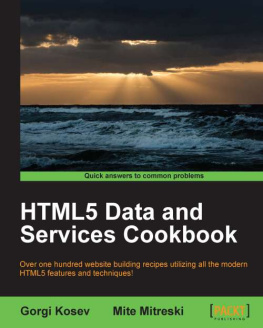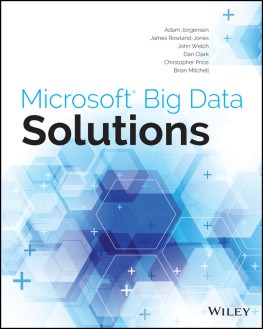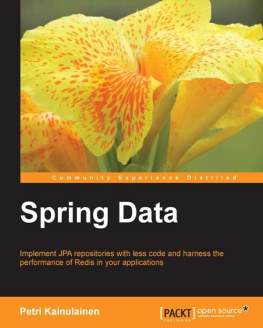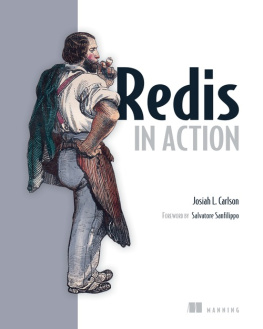Introduction
Redis is a data structure server with an in-memory dataset for speed. It is called a data structure server and not simply a key value store because Redis implements data structures allowing keys to contain binary safe strings, hashes, sets and sorted sets, as well as lists. This combination of flexibility and speed makes Redis the ideal tool for many applications.
Redis first started in early 2009 as a key value store developed by Salvatore Sanfilippo in order to improve the performance of his own LLOOGG, an analytics product. Redis grew in popularity after getting support from people and companies in the developer world and has since been supported by VMware, who hired Salvatore and Pieter Noordhuis to work full-time on the project.
Today, Redis is used by companies large and small doing both large and small tasks. Companies like Engine Yard, Github, Craigslist, Disqus, Digg, and Blizzard are part of the growing list of Redis adopters. An extended list of people working with Redis is available on the projects official site at http://redis.io.
There are often several ways to solve problems using Redis. This book, while not a tutorial on Redis, key value stores, or data structures, gives you recipes for solving specific problems with Redis that you can then adapt to your own problem set. Many of these recipes have come up because weve used them in our own jobs, solving our own problems.
Each of these recipes solves a specific problem using Redis, including a quick introduction to the problem, the solution, and a longer discussion with insight into how the solution works. Redis is, while simple in nature, quite extensive when it comes to functionality to manipulate and store data. This volume will thus not cover every single command extensively. It will, however, give you the basics on solving specific problems with it, in hopes that our solutions guide you to your own.
Conventions Used in This Book
The following typographical conventions are used in this book:
Italic
Indicates new terms, URLs, email addresses, filenames, and file extensions.
Constant widthUsed for program listings, as well as within paragraphs to refer to program elements such as variable or function names, databases, data types, environment variables, statements, and keywords.
Constant width boldShows commands or other text that should be typed literally by the user.
Constant width italicShows text that should be replaced with user-supplied values or by values determined by context.
Tip
This icon signifies a tip, suggestion, or general note.
Caution
This icon indicates a warning or caution.
Using Code Examples
This book is here to help you get your job done. In general, you may use the code in this book in your programs and documentation. You do not need to contact us for permission unless youre reproducing a significant portion of the code. For example, writing a program that uses several chunks of code from this book does not require permission. Selling or distributing a CD-ROM of examples from OReilly books does require permission. Answering a question by citing this book and quoting example code does not require permission. Incorporating a significant amount of example code from this book into your products documentation does require permission.
We appreciate, but do not require, attribution. An attribution usually includes the title, author, publisher, and ISBN. For example: Redis Cookbook by Tiago Macedo and Fred Oliveira (OReilly). Copyright 2011 Tiago Macedo and Fred Oliveira, 978-1-449-30504-8.
If you feel your use of code examples falls outside fair use or the permission given above, feel free to contact us at .
Safari Books Online
Note
Safari Books Online is an on-demand digital library that lets you easily search over 7,500 technology and creative reference books and videos to find the answers you need quickly.
With a subscription, you can read any page and watch any video from our library online. Read books on your cell phone and mobile devices. Access new titles before they are available for print, and get exclusive access to manuscripts in development and post feedback for the authors. Copy and paste code samples, organize your favorites, download chapters, bookmark key sections, create notes, print out pages, and benefit from tons of other time-saving features.
OReilly Media has uploaded this book to the Safari Books Online service. To have full digital access to this book and others on similar topics from OReilly and other publishers, sign up for free at http://my.safaribooksonline.com.
How to Contact Us
Please address comments and questions concerning this book to the publisher:
| OReilly Media, Inc. |
| 1005 Gravenstein Highway North |
| Sebastopol, CA 95472 |
| 800-998-9938 (in the United States or Canada) |
| 707-829-0515 (international or local) |
| 707-829-0104 (fax) |
We have a web page for this book, where we list errata, examples, and any additional information. You can access this page at:
| http://www.oreilly.com/catalog/9781449305048 |
To comment or ask technical questions about this book, send email to:
For more information about our books, courses, conferences, and news, see our website at http://www.oreilly.com.
Find us on Facebook: http://facebook.com/oreilly
Follow us on Twitter: http://twitter.com/oreillymedia
Watch us on YouTube: http://www.youtube.com/oreillymedia
Acknowledgements
We thank Pieter Noordhuis for thoroughly reviewing several chapters of our book, our editor Andy Oram for his work on making us look good, Salvatore Sanfilippo for his words of encouragement, and our respective companies for the extra free time to write this book.
Chapter 1. An Introduction to Redis
This chapter discusses some of Rediss basic concepts. Well look into when Redis is a great fit, how to install the server and command-line client on your machines, and Rediss data types.
When to use Redis
Problem
Nearly every application has to store data, and often lots of fast-changing data. Until recently, most applications stored their data using relational database management systems (RDBMS for short) like Oracle, MySQL, or PostgreSQL. Recently, however, a new paradigm of data storage has emerged from the need to store schema-less data in a more effective wayNoSQL. Choosing whether to use SQL or NoSQL is often an important first step in the design of a successful application.
Solution
There are two important thing to consider when choosing whether to use SQL or NoSQL to store your data: its nature and your usage pattern. Some data is a great fit for a relational storage engine, while other data benefits from the schema-free nature of a NoSQL engine like Redis or its alternatives. If you dont rely on a particular RDBMS feature and need the performance or scalability of a NoSQL database, that might in fact be the ideal choice. So in order to decide whether your data should be stored in a RDBMS or NoSQL engine, you need to look into a few specific things that will help you make a decision. Also bear in mind that quite often the ideal solution will be to use both.

![Macedo Redis cookbook: [Practical techniques for fast data manipulation]](/uploads/posts/book/137932/thumbs/macedo-redis-cookbook-practical-techniques-for.jpg)


